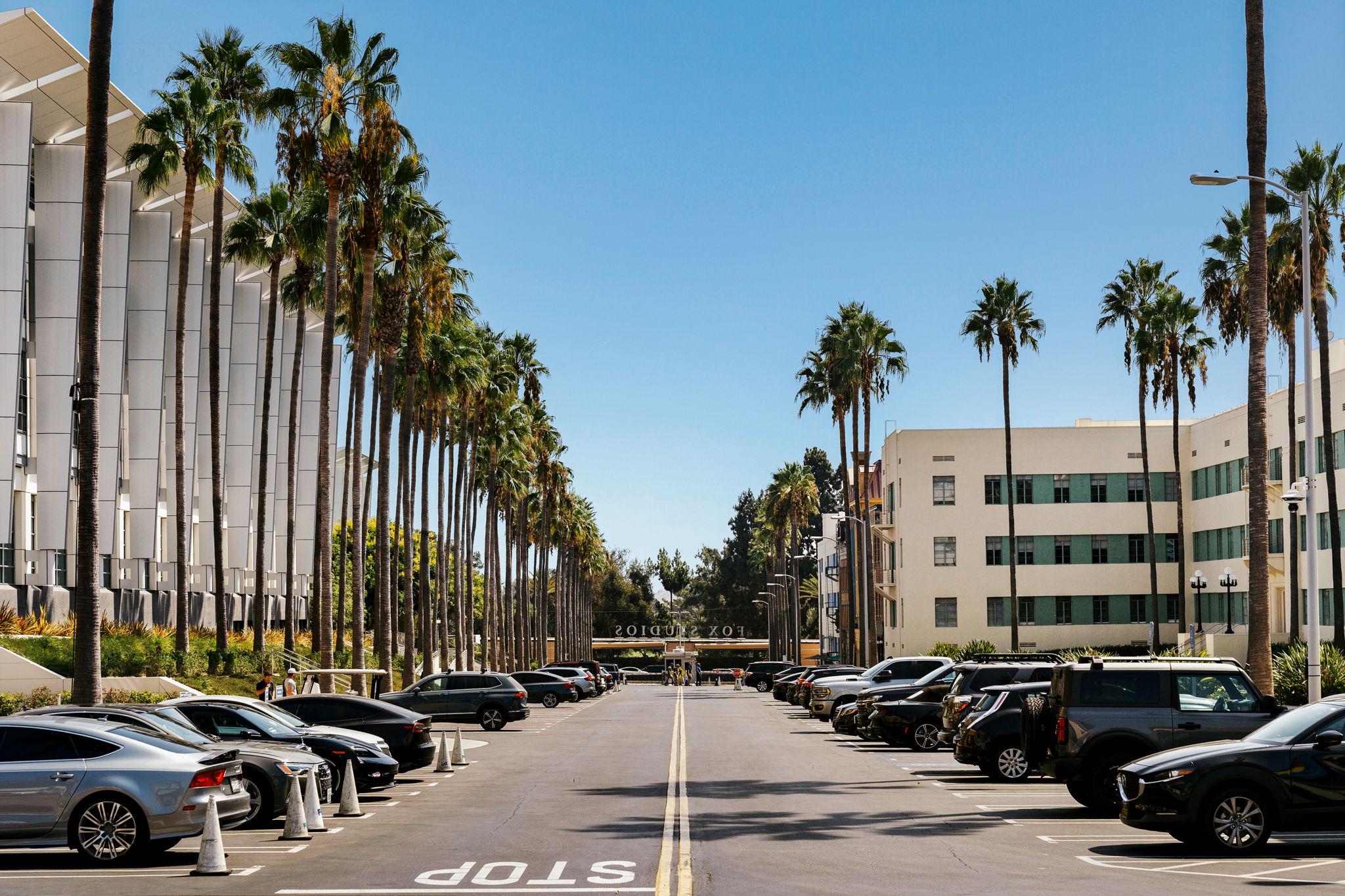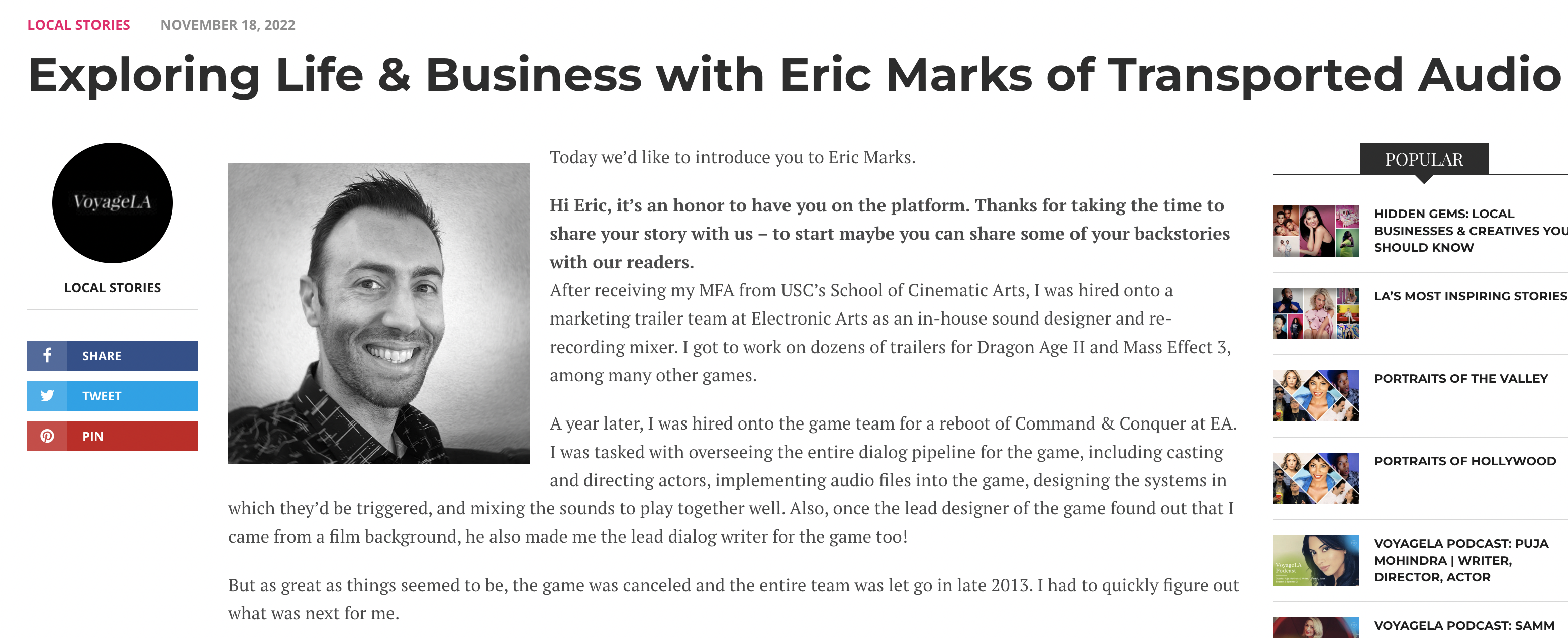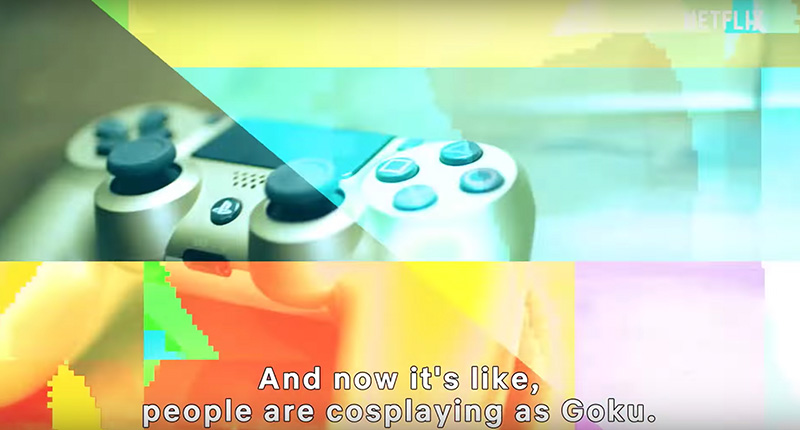This past year was by far our busiest yet!! It really opened our eyes to the many opportunities that come with growth and expansion.
We started 2019 by moving into new mix stages, now dubbed Apollo and Overlook. These new spaces are much larger, providing room for more clients at a time, as well as an ADR setup for recording actors. We also upgraded Overlook to have 5.1 monitoring, which is now available on both stages. We’ve gotten some great feedback from producers and directors alike about both stages!
Our team grew by two this year, with Josh Moore and Ryan Vaughan bringing their fantastic talents to our studio. You can check out their biographies on our About Us page. Their passion, creativity and dedication have been essential in lots of our TA mixes coming to fruition.
Another milestone for us was building out a reliable, tested 7.1 workflow for mixing. This has enabled us to scale up to the needs of virtually any size project, including Atmos or IMAX mixes.
Early in 2019, our team sound designed and mixed an entirely unique project called the Jeep Brand Champion of Adventure Experience. Dubbed a ‘shared VR experience,’ this 360 degree video played in a custom-built dome at the 2019 X Games in Aspen, Colorado. The experience aims to put you into the shoes of a Jeep driver speeding through exciting adventures in the wild. The film required extensive engine sound design for differing camera perspectives and speeds, including some slow motion moments, as well as detailed environments/terrains. Everything was designed from scratch for this 5.1 mix as there wasn’t much usable audio captured on set. Here’s a recap video that gives a taste of what the experience was like.
In February, Eric mixed a new feature documentary film entitled Vas y Coupe. This beautiful, intimate film puts audiences into the shoes of seasonal workers on a Champagne Region vineyard in France. The recording environments in this film were fairly challenging, often with people distant from camera in reverby spaces. The soundscape was also pretty delicate – a scene could sound unnaturally dreamy, but adding simple foley of people picking grapes from vines would suddenly ground a scene in reality, helping us completely relate to the struggles of the characters. The film recently made its world debut at DOC NYC!
Meanwhile in Prague… Ben Hansford was directing a live action E3 commercial for The Elder Scrolls: Legends. This immersive, engrossing trailer was not only incredibly imaginative, but it also provided ample opportunities for gigantic, varied creature design! We got to build out the sounds of a huge medieval tavern, a giant grab falling through wood stairs, and a dragon breathing fire down a city street. Fun fact – Eric and Ryan recorded themselves speaking as various tavern patrons, which you can hear throughout the commercial. We had such a great time building out the world of this trailer with Ben and Hammer Creative.
Next, we took on our second Netflix project, Enter the Anime. This feature film had it all – natural sounds from the streets of Tokyo, anime-inspired sound design and TONS of visual glitches. To that end, Josh Moore built an entire library of glitch SFX specifically for the film. You can read all about his process in his blog post from earlier in the year. Additionally, we had to edit, sound design, and mix the entire film in a week! By successfully achieving this, we proved just how fast we could turn projects around when necessary, even while pushing creative boundaries.
Nothing energizes sound folks quite like music-driven films. Eric had the distinct pleasure of mixing a feature documentary titled Brian Wilson: Long Promised Road. This inspiring, personal journey through Brian’s life (including his days in the Beach Boys) is an unbelievable story. In spite of facing many challenges in his life, Brian has been one of the most transformative musical voices of the 20th century, and it was our job to help convey this through the sound of the film. There were many driving sequences where Brian is riding through his old Los Angeles neighborhoods, however he didn’t wear a lav microphone in the film. We had to remove as much car noise from these recordings as possible without destroying his dialog in the process. Additionally, Supervising Sound Editor Joshua Paul Johnson cleaned interview audio from over 55 years of material. He created a unique musical experience that seamlessly and subconsciously takes us through his entire life. We cannot wait to share this film when it’s ultimately released!
Next, we worked with Amazon Prime and Concrete Media on an original feature called LOL Surprise! Winter Disco. This lively, funny and inventive film combines live action scenes with stop motion animation, resulting in a vibrant film that’s bursting with sound. The live action scenes were shot on a stage, but needed to sound like we were in a house that was completely snowed in by a storm. The animation sequences needed complete sound treatment to bring them into reality – we carefully added every footstep, dog bark, car maneuver and firefly buzzing to help bring these scenes to life. The film culminates in a series of musical performances and dance numbers that were especially fun to mix.
In the fall we took on our biggest Disney project yet, a new show called Shook. This Disney Channel series follows Mia, an aspiring dancer who must rise above her circumstances to fully embody her true passion. We built the soundscape from scratch for this show as well, including backgrounds for Mia’s home, high school hallways, gymnasiums, dance studios and more. Many dance sequences for the show needed careful foley for every footstep, and also dynamic musical mixes to excite the audience. You can watch the entire series on Youtube and Disney Channel!
Perhaps nothing is more inspirational for any sound team than the sonic world of Star Wars. Ben Burtt opened our collective minds and our ears to a galaxy of possibilities over 42 years ago. We aimed to carry on this tradition while working on a feature documentary film called Built by Jedi: The Making of Star Wars: Jedi Fallen Order. This extended peek into the process of creating a AAA Star Wars game provided some distinct challenges. The production crew behind this film shot at Respawn Entertainment without a dedicated sound person (or ideal microphone setup) for the numerous recording environments, and, like many documentaries, this film is quite dialog focused. We spent a lot of time repairing off-mic and noisy recordings to help bring everything up to professional standards, and we hope the results speak for themselves. This film is on the Deluxe Edition disc of the game.
Eric’s epic finale to the year came in supervising and mixing a new Vudu feature film called Adventure Force 5. This original, fantastical film follows a group of kids as their quiet beach town is taken over by mysterious, violent aliens. This film likely had the most visual effects shots of any feature we’ve ever taken on! These VFX required comprehensive sound design for homemade weapons, alien drone vehicles, hover boots, and some gigantic action scenes. Sound designer Kevin Senzaki pulled out pretty much every trick in the book for this film, and on very tight schedule. Adventure Force 5 is also the very first original feature made for Vudu.
These are just a few highlights from 2019. We are so thankful to all our incredible clients – your vision and trust have elevated all of us as storytellers here at TA. Our imagination seems to be the only limit to what we can achieve together. Thanks to you, we’ve never felt more creatively fulfilled, and equally excited for the road ahead.
Here’s to another year of being transported through new stories, platforms and characters!
– Eric Marks















